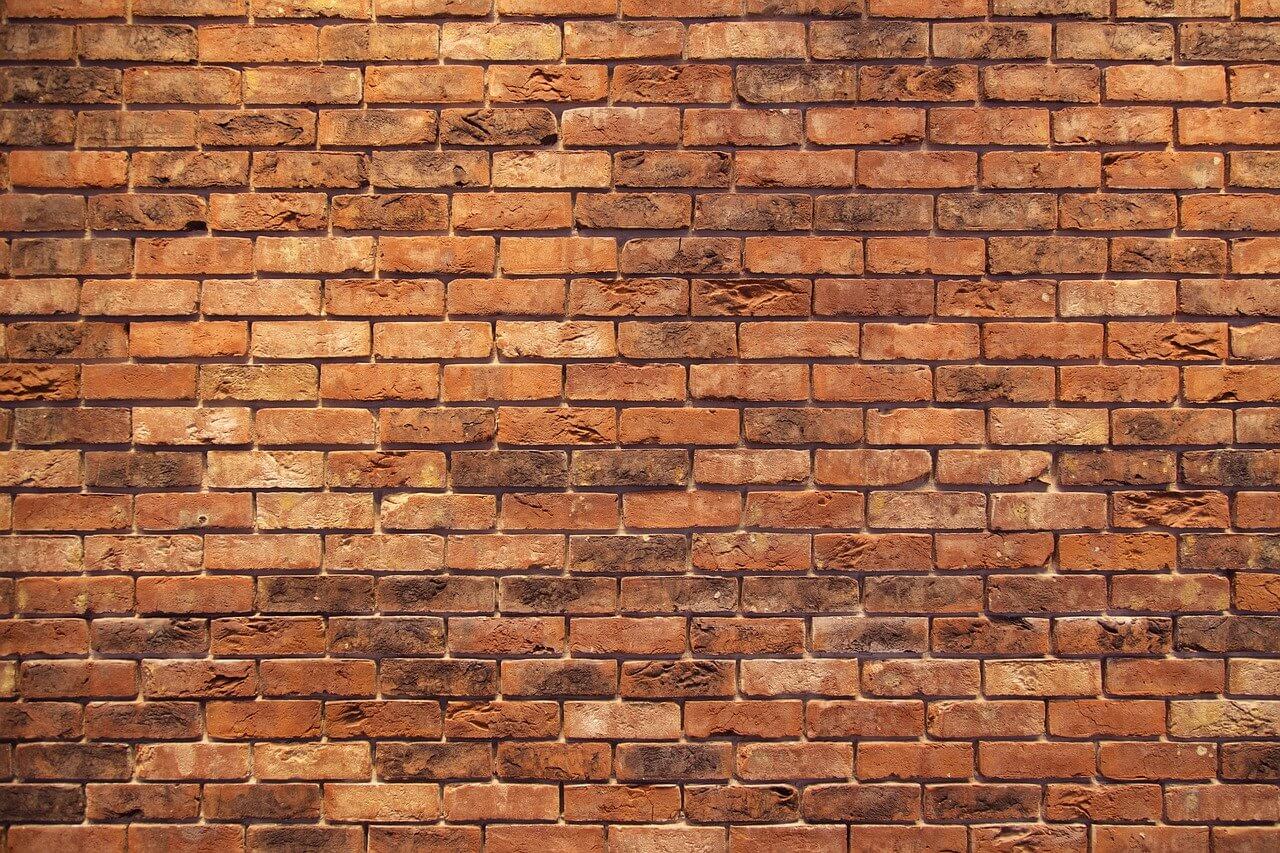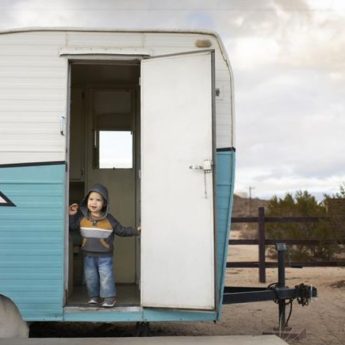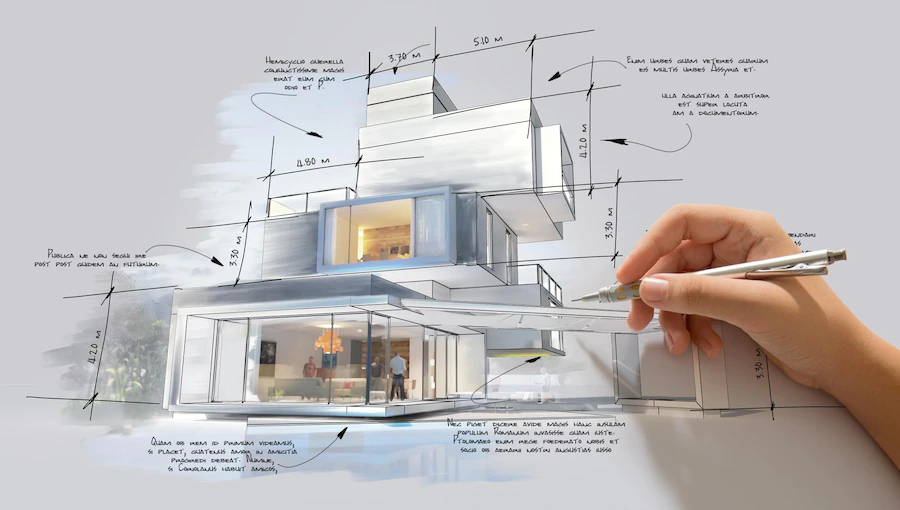The Ultimate Maintenance Guide for Old Brick Walls

Do you have old brick walls that need some TLC? Brick walls are extremely durable, but many people do not realize that even they require maintenance. To keep them looking fresh and solid, you need to know how to do it correctly.
Some maintenance can be done easily by yourself, while some will require professional assistance. Below, we present a must-know guide on old brick walls and repairing them.
Signs of Damage

While brick walls are sturdy and durable, like any product, over time they will deteriorate. You may find that brick that is exposed to increased levels of weathering can suffer damage faster than others.
Signs of damage to a wall include crumbling bricks, damp patches, and cracked brickwork. Any sign of moisture, either from the inside, guttering, or visible as mold and mildew, can indicate damaged brickwork. Finally, bulging walls can also count as damaged brickwork, though this can also be a major structural problem, so an expert should inspect it.
Let us now have a detailed look at what are the signs that call your brick wall old and that it finally needs some repair.
Bowed Brick
Bowed brick mostly occurs when the bricks, the walls of your house, or any other establishment either protrude out or hollow in around a particular area.in most cases, this happens due to moisture that may have seeped in behind the brick wall.
That moisture would either wrap around the concrete wall and the bricks and force them to protrude out or soften the wood or the plaster behind the brick, which causes the bricks to sink further in.
This is the ultimate sign that conveys that something unsettling is happening behind the wall and that it needs to be sorted out as soon as possible.
Vertical Cracks In The Corner
Vertical cracks in the foundation of the wall are signs that you should be worried about the least. If you come across one that is within 30 degrees of a straight vertical line, there is nothing that you should be worried about. Your wall will not collapse. This is a very normal type of crack and occurs mainly as the wall or the structure expands and shrinks throughout different seasons. However, vertical cracks will cause water to seep in during heavy rain, which may lead to bulging of bricks or damage to the inner wall if it is left untreated for a long time.
Luckily, a mason may fix this case rather easily by filling the cracks with urethane or epoxy. If it is at all required, he may also install an expansion joint to ease some pressure off the corner. This type of work is not economical and worth the cost, especially since it will help to prevent more serious issues shortly.
Compacted Bricks
It is the easiest to spot this issue. Compacted bricks lose their original shape and, hence, appear to be cracked or bowed. They leave cavities in the wall, which allows water to seep through and will compromise the adjoining bricks over time. One by one, they will all begin to fall apart.
Spalling At A Shelf Angle
A shelf angle is a lengthy L-shaped piece of metal that is installed supporting a brick row on a wall. It divides the weight of the bricks between the house and the ground. Necessarily, the house is enduring literally everything on top of the shelf angle as the bricks are sitting on it.
Spalling happens when the surface of the bricks in the wall starts peeling or chipping. It is caused due to corrosion in the shelf angle. In simple terms, if the shelf angle gets compromised, it will no longer be dividing the weight of the bricks between the house and the ground. If the brick walls in your house are old, or the soil that surrounds your house is of poor quality, this could lead to horrible results.
Pros & Cons Of Brick Walls

Brick walls are simply amazing in their overall aesthetic and have a certain sense of appeal. However, it is not viable to make a decision just based on its aesthetic aspects.
This section will help you make the right decision by educating you guys on the benefits and flaws of having exposed brick walls.
Therefore, you need to stick around in order to learn more about the pros and cons of having exposed brick walls at your place.
Let us dive right in and learn why you should or if you should have an exposed brick wall.
Charm- Pros
One of the most significant and most essential factors that you need to consider about brick walls is the innate charm that these walls have. We at DLE believe that naked brick walls look the best as they have a farmhouse charm that no other variants have.
Texture- Pros
Texture is an essential thing whenever you are discussing aesthetics. Thankfully, naked brick walls are ripe with textures. As a result, you do not have to do anything extra to make these walls look cool. They are retrofitted with that already.
Industrial Chic- Pros
2024 has seen the gradual rise of the industrial interior styling. There is something highly alluring about the rawness of the aesthetic. Thankfully, this aesthetic is heavily complemented by a naked brick structure. As a result, you will be fine with the aesthetic.
Durable- Pros
Bricks are very durable. They might be made using heated mud, but they can withstand more punishment than you can imagine. A slight bump or a heavy thump will not affect the wall a single bit. As a result, brick walls are more durable than plaster or sheetrock walls.
Open Flaws- Cons
Naked brick walls are simply unique. However, these walls are essentially naked. As a result, you will have few options to conceal. As a result, you need to understand that there is no way that you can make up your wall in any way whatsoever.
Moisture Issues- Cons
Naked brick walls are great in different ways. However, water damage is something that a brick wall cannot avoid. This is primarily because bricks are porous in nature and can retain or absorb a lot of moisture. This is one of the biggest challenges you will face if you have an exposed brick wall. Moisture usually seeps in and tends to expand. As a result, cracks can develop over time.
Dirt & Gunk- Cons
Rough surfaces are dirt magnets. This is one of the most essential factors that you need to address if you are choosing to keep your wall exposed. An exposed brick wall would attract more dirt particles than a smooth wall surface. As a result, it can prove more challenging to maintain and clean these walls. Therefore, you would have to clean the wall more frequently than before.
Color- Cons
The final con that brick walls have is the color palette. Brick walls usually do not come with colors. As a result, you cannot really pick and choose the ‘right’ color for yourself. In fact, naked brick walls look worse when they are colored. Therefore, you will not have any customization scope. This could be a deal breaker for some.
Why Do Old Brick Walls Decay?

Old brick walls decay because they’re old. Putting aside the lame joke, the old brick walls decay due to several reasons. Some of those reasons include the weather’s effect, negligence in repair, poor quality of the materials, and immature workmanship.
- Decay of the mortar joints and bricks. It may happen due to the continuous saturation of salt crystallization.
- Crumbling or brick faces because of frost action, specifically on parapets and chimney stacks. It may also occur due to the use of cement-based mortar rather than lime-based ones.
- Brickwork may get cracked or bulged due to tree root damage or removal of the load-bearing wall.
Maintenance Guide For Old Brick Walls

Replacing Damaged Bricks
You should Only remove bricks that have major damage and replace them with new ones. You will need to cut the brick out from its mortar, and insert the new one gently into the old brick wall. After this, it will require pointing.
You will need to find a brick that matches the old one as closely as possible, and even then it will most probably not have the same weathering. Do not use second-hand bricks, as they may already be weakened over time or not have the correct build quality.
Pointing Repair on Old Brick Walls
Repairing old brick walls is as much about getting the pointing right as it is the brick. When mortar erodes or crumbles away, it can form a shelf that pools water. This then goes into the wall surface and causes damage over time.
Start the old brick wall restoration by removing soft mortar with a screwdriver, to a depth of around 10mm. You will then need to replace it with a suitable lime mortar. This requires skill, and if you are not sure about how to attempt it then consult a professional.
Cleaning Existing Bricks
Brick restoration can be done to a minor degree simply by maintaining the bricks currently on the wall. Firstly, remove any efflorescence, which is visible as white deposits that appear from salt. Do this without water, simply brushing, or vacuuming them off.
After this, remove any mold or mildew. This can be done with a lightly powered jet wash, though only on sturdy walls. If not, get a hard bristled brush and scrub it with a mixture of water and vinegar.
Hire Help
Old brick walls are primarily functional, and leaving them in disarray could result in injury or property damage. That is why it is important that you contact a professional company if you do not feel comfortable doing the repair yourself.
If you enjoyed our handy article then visit the rest of our blog. We have everything to assist you, from home maintenance to managing finances. Let us help work on getting your property ready for the future, starting today!
Read Also:











Leave A Reply